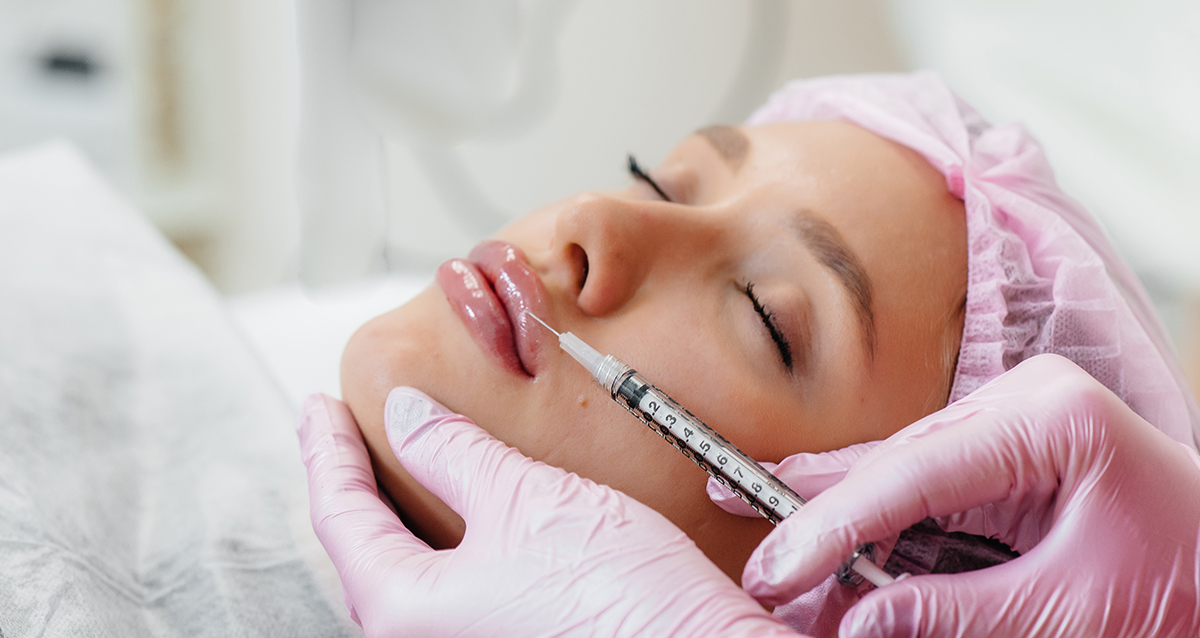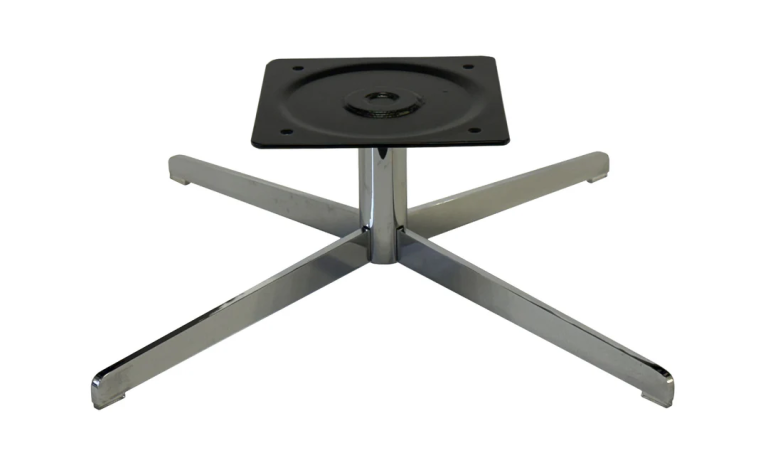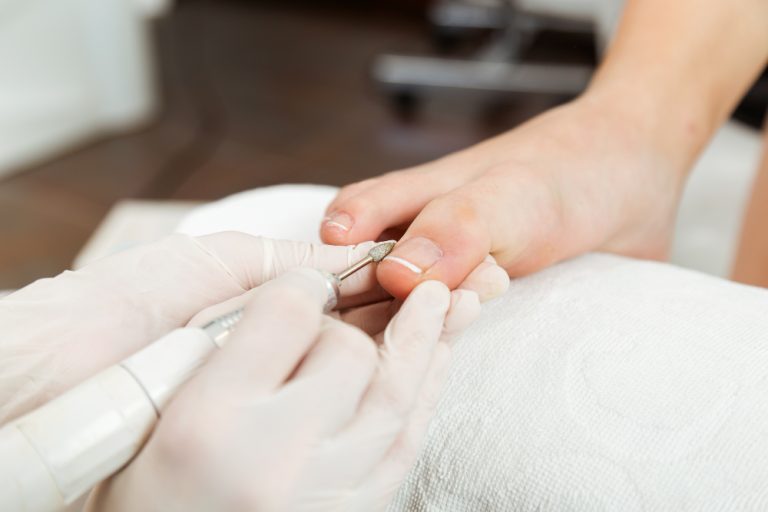Over the last decade, thousands of people have turned to biopolymer removal surgery to correct or reverse complications from illegal or unsafe cosmetic injections. Biopolymers — synthetic substances often injected to enlarge or contour body parts — can cause serious health issues over time, including chronic pain, inflammation, skin hardening, and even organ damage.
As awareness grows, biopolymer removal procedures have become more advanced, offering patients a safe way to restore their health and appearance. This article explains how biopolymer removal works, what happens during surgery, recovery expectations, and essential information to help you make an informed decision.
What Are Biopolymers and Why Are They Dangerous?
Biopolymers are synthetic or semi-synthetic substances sometimes used in illegal or unapproved cosmetic procedures to augment areas such as the buttocks, hips, lips, or face. They are often marketed as “body fillers” or “biogel,” but most of these injections are not approved for human use.
Common types include:
- Silicone oils
- Industrial-grade gels
- Paraffin and mineral oils
- Polymethylmethacrylate (PMMA) microspheres
Health risks of biopolymer injections:
- Chronic pain and inflammation
- Hard lumps or nodules under the skin
- Skin discoloration or deformities
- Infection and necrosis (tissue death)
- Systemic toxicity affecting the heart, lungs, or nervous system
Because these substances cannot be naturally absorbed or safely broken down by the body, they often migrate, harden, or trigger immune reactions — making biopolymer removal necessary.
When Should You Consider Biopolymer Removal Surgery?
If you’ve had unregulated injections or are experiencing symptoms like swelling, pain, or visible deformities, it’s important to consult a qualified plastic surgeon who specializes in biopolymer removal.
Common signs you may need removal include:
- Chronic pain or burning sensation
- Skin irregularities or lumps
- Discoloration or inflammation
- Fatigue or fever caused by immune response
- Emotional distress due to physical changes
Ignoring these symptoms can worsen your condition over time. In some cases, biopolymers can enter the bloodstream, causing systemic complications. Early diagnosis and intervention are critical for safety and recovery.
Diagnosis and Evaluation Before Surgery
Before proceeding with biopolymer removal surgery, your doctor will perform a detailed medical evaluation. This step ensures that the treatment is customized to your health condition and the extent of the biopolymer spread.
Diagnostic tools include:
- MRI scans: To identify where the biopolymers are located and how deeply they’ve spread.
- Ultrasound imaging: Helps visualize affected tissue layers.
- Blood tests: Detect inflammation or infection.
- Physical examination: Determines the affected area’s texture and mobility.
These tests allow your surgeon to plan a personalized surgical strategy and minimize risks during biopolymer removal.
How Biopolymer Removal Surgery Works
The goal of biopolymer removal surgery is to eliminate as much of the foreign substance as possible without damaging healthy tissue. Depending on the severity of the case, there are several surgical methods used.
Common techniques:
Open Excision (Direct Removal)
This involves surgically cutting into the affected area to remove visible biopolymer deposits. It’s most effective for localized cases where the material hasn’t spread widely.
Liposuction-Assisted Biopolymer Removal
In cases where biopolymers are mixed with fat, a specialized liposuction technique may be used to extract contaminated fat tissue and residual materials.
En Bloc Excision
This advanced method removes the foreign substance and surrounding scar tissue as one unit, reducing the risk of leaving any harmful residue behind.
Reconstructive Surgery
After biopolymer removal, reconstructive procedures may be required to restore shape, symmetry, and skin texture. Fat grafting or implants may be used once healing is complete.
The Surgery Step-by-Step
Here’s what typically happens during a biopolymer removal procedure:
- Anesthesia: General or local anesthesia is administered depending on the procedure’s complexity.
- Incision: The surgeon makes precise incisions at the target areas.
- Extraction: Using surgical tools, the surgeon removes the biopolymer deposits, inflamed tissue, and any fibrotic scar formations.
- Tissue Reconstruction: In some cases, skin flaps or fat transfer are used to improve contour.
- Closure: The incision is carefully sutured to promote minimal scarring.
- Post-operative dressing: Compression garments may be applied to reduce swelling and promote healing.
The duration of surgery depends on the affected area — it can range from 2 to 6 hours or longer for complex cases.
Recovery After Biopolymer Removal Surgery
Recovery from biopolymer removal varies by individual, but most patients can expect gradual healing over several weeks.
Typical recovery timeline:
- First 7 days: Swelling, bruising, and mild discomfort are common. Pain medication and antibiotics are prescribed.
- 2–4 weeks: Most patients can resume light activities. Swelling continues to subside.
- 6–8 weeks: Noticeable improvement in comfort and appearance.
- 3–6 months: Final results become visible, with smoother skin and reduced pain.
Post-surgery care tips:
- Avoid strenuous exercise for 4–6 weeks.
- Keep incisions clean and dry.
- Follow your surgeon’s instructions for compression garments.
- Attend all follow-up appointments for monitoring and care.
Patience is key — your body needs time to detoxify and recover fully from biopolymer removal.
Risks and Possible Complications
While biopolymer removal surgery is generally safe when performed by experienced specialists, it still carries potential risks.
Common risks include:
- Infection or inflammation
- Residual biopolymer deposits
- Uneven skin texture or contour irregularities
- Scarring
- Nerve sensitivity or numbness
Choosing a board-certified plastic surgeon who has extensive experience in biopolymer removal greatly reduces these risks and ensures the best outcome.
Results: What to Expect After Surgery
After successful biopolymer removal, most patients report significant improvement in both physical comfort and emotional well-being.
Expected outcomes include:
- Reduction or elimination of pain
- Improved skin tone and shape
- Restored mobility and comfort
- Increased confidence and peace of mind
However, it’s important to have realistic expectations. In some cases, total removal of biopolymers is impossible if the material has spread extensively. Even partial removal can dramatically improve quality of life and reduce further health risks.
Cost of Biopolymer Removal Surgery
The cost of biopolymer removal varies based on the procedure type, surgeon’s expertise, and country.
Average price range (2025 estimates):
- United States: $8,000 – $25,000
- Latin America (Colombia, Mexico, Brazil): $4,000 – $12,000
- Europe: €6,000 – €18,000
Costs typically include anesthesia, hospital fees, surgeon’s fee, post-operative care, and possible reconstructive procedures. While it may seem expensive, biopolymer removal is a life-saving investment in your long-term health.
Choosing the Right Surgeon for Biopolymer Removal
Selecting the right professional for biopolymer removal surgery is crucial for safety and success.
What to look for:
- Board certification in plastic or reconstructive surgery.
- Proven experience with biopolymer removal cases.
- Access to accredited hospitals or surgical centers.
- Transparent communication about risks and outcomes.
- Positive patient testimonials and before-and-after results.
Avoid low-cost or unverified offers. Only licensed and experienced surgeons can safely perform these complex procedures.
Conclusion
Biopolymer removal surgery offers hope to people suffering from the harmful effects of illegal or unsafe cosmetic injections. It’s a complex but highly rewarding procedure that restores not only physical health but also emotional well-being.
By understanding how biopolymer removal works, what to expect before and after surgery, and how to choose the right specialist, patients can make safe, informed decisions.
In 2025, advancements in surgical technology and reconstructive methods continue to make biopolymer removal more effective and accessible than ever — giving people a second chance at health, beauty, and confidence.
FAQs
1. What is biopolymer removal surgery?
It’s a surgical procedure designed to remove harmful synthetic substances (biopolymers) that were illegally injected into the body for cosmetic enhancement.
2. How long does biopolymer removal surgery take?
Depending on the area and complexity, the procedure can last anywhere from 2 to 6 hours.
3. Is biopolymer removal painful?
You’ll be under anesthesia during surgery. Post-operative discomfort is manageable with prescribed pain medication and usually subsides within a few days.
4. Can all biopolymers be removed completely?
Not always. In some cases, partial removal is necessary if the material has migrated too deeply, but even partial extraction improves health and appearance.
5. How soon can I return to normal activities after surgery?
Most patients can resume light activities after 2–3 weeks and full activities after 6–8 weeks, depending on healing progress.
Also read: LA Guide Book: Top Attractions, Hidden Gems & Travel Tips




Leave a Comment